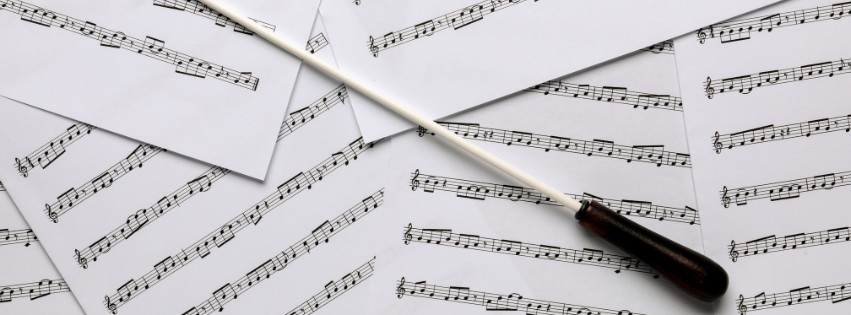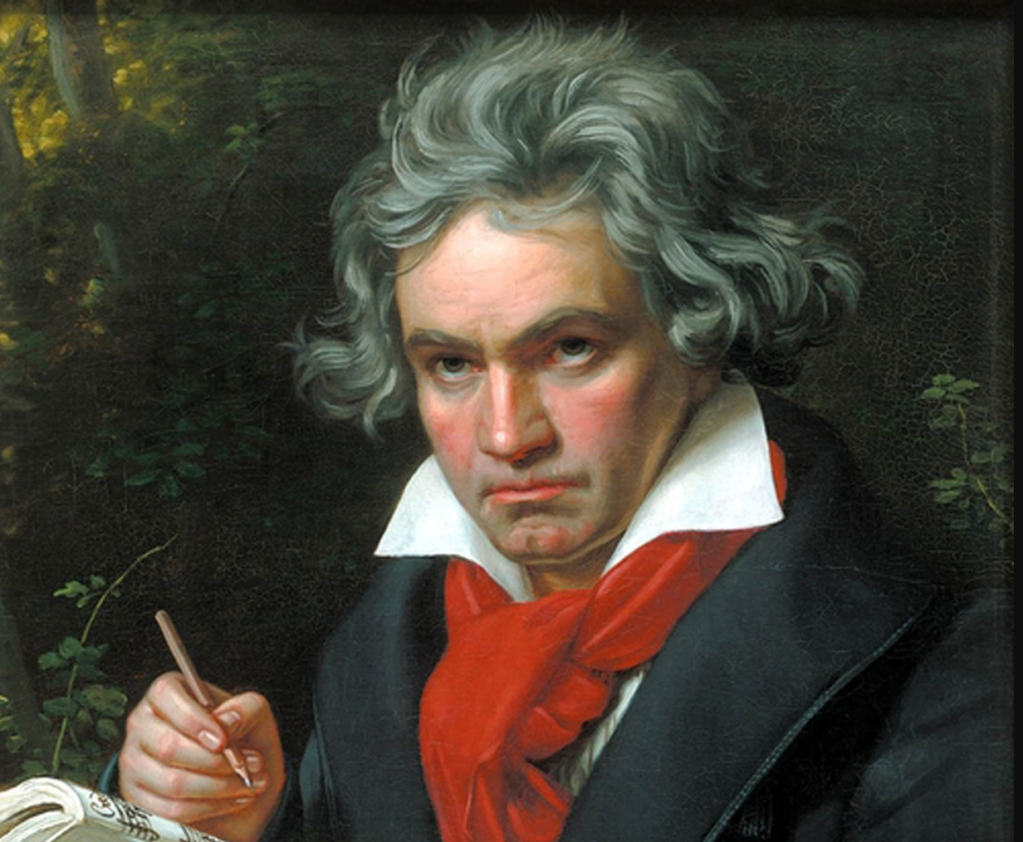As we mark this year the 400th anniversary of the passing of the legendary English composer William Byrd, let’s reflect on the enduring legacy of this musical giant whose compositions continue to captivate and inspire musicians and music lovers alike!
A devout Catholic in a protestant kingdom
Born around 1540, William Byrd lived through an era of profound change in England, navigating the complexities of religious, political, and social upheaval. His life spanned the reigns of four monarchs — from Henry VIII to James I — each contributing to the dynamic backdrop against which Byrd’s musical genius flourished.
Byrd’s journey was one of remarkable resilience and adaptability. As a devout Catholic living in a time of religious turmoil, his ability to navigate the challenges of the Elizabethan and Jacobean eras speaks volumes about his commitment to both his art and his faith.

We don’t know much about his early life. It is said that he sang as a youth in the choir of the Chapel Royal and he may have studied under Thomas Tallis. The first known date in his career as musician was when he was appointed organist and master of the choristers at Lincoln Cathedral in 1563, contributing to the rich choral tradition there.
However, working with Archdeacon Aylmer at the Lincoln Cathedral, proved difficult for William Byrd, as ‘Aylmer was on a mission to root out recusants and to purge the ‘nest of unclean birds’.’ (BBC Music Magazine) In November 1569, his salary was even suspended due to unspecified allegations. These allegations could have been linked to choral polyphony or organ playing considered excessive in view of the Puritan preferences in force at the cathedral at the time.
Serving Gloriana
In 1572, after Robert Parsons’ death by drowning, William Byrd secured a lifetime position as a Gentleman of the Chapel Royal. This role came with a substantial salary. Byrd’s appointment also expanded his composing opportunities and allowed him to connect with Queen Elizabeth’s court. The Queen, a relatively moderate Protestant and a true music enthusiast, appreciated Byrd’s Anglican church music, even though it challenged the accepted simplicity favored by some reforming Protestants.
In spite of his strong Catholic faith, William Byrd made significant contributions to Anglican church music. His church anthems varied in style, from early, more sober pieces to more complex and lavish later works. He was influential in the development of the verse anthem and created four Anglican service settings. The most notable of these is the Great Service, a grand and complex work involving antiphonal writing and intricate counterpoint, which was performed by the Chapel Royal Choir and other major cathedral choirs in the early 17th century. The Great Service, likely dating back to the 1590s, was a monumental achievement in church music, reflecting Byrd’s mastery in blending opulence and complexity.
In 1575 Byrd and Thomas Tallis were granted a 21-year music printing monopoly. Their joint publication, Cantiones quae ab argumento sacrae vocantur, featured 34 Latin motets for five to eight voices, which were dedicated to the Queen. Unfortunately, it was a financial failure, leading the two composers to seek help from the Queen in 1577. They were subsequently granted a leasehold on lands in East Anglia and the West Country to compensate for their losses.
Despite the Queen’s support, William Byrd faced repeated harassment, fines, and legal prosecution for recusancy, which involved refusing to attend services of the Church of England. Yet this did not stop him from writing Latin motets as well as three mass settings. ‘Their style is less florid, more declamatory than that of the High Renaissance, but still wonderfully rich; in them, Byrd often resorts to a « scoring » of the voices, giving different portions of text a distinctly different color. Their part-writing displays a virtuosity on the same level as that of the great Netherlandish composers of the 16th century.’ ( Source: Music World)
In 1594, Byrd partially retired from the Chapel Royal and relocated confortably in Stondon Massey, a small village in Essex. He continued composing, mostly liturgical Catholic music. From 1592 to 1595, he published three Masses, and then Gradualia, a collection of motets. He died in 1623.
Musical mastery
William Byrd’s legacy is firmly rooted in his groundbreaking contributions to Renaissance music. Revered for his vocal and instrumental compositions, Byrd’s oeuvre includes both sacred and secular works that showcase a profound understanding of polyphony and counterpoint.
His choral works, such as the monumental « Mass for Four Voices, » are beautiful exemples of Renaissance polyphony. Byrd’s ability to evoke emotion through his compositions is particularly evident in his expressive motets and anthems, which continue to stir the hearts of audiences centuries later.
Although Byrd is best known for his choral music, he also left an impressive legacy of songs, consort music and music for the keyboard, which demonstrate the versatility of his musical style and technical virtuosity.
Conclusion
As Kerry McCarthy, musician, musicologist and author of a book on William Byrd, sums up perfectly, William Byrd’s ‘entire life was marked by contradictions; as a true Renaissance man, he did not fit easily into other people’s categories. He was renowned for his light-hearted madrigals and dances, but he also published a vast, rather archaic cycle of Latin music for all the major feasts of the church calendar.
He lived well into the seventeenth century without writing songs in the new Baroque fashion, but his keyboard works marked the beginning of the Baroque organ and harpsichord style. Although he was a celebrated Anglican court composer for much of his life, he spent his last years composing for the Roman liturgy and died in relative obscurity.’ (Source: William Byrd Festival)
Four hundred years after his death, it’s high time we rediscovered and celebrated the wealth and diversity of his musical output.



Laisser un commentaire